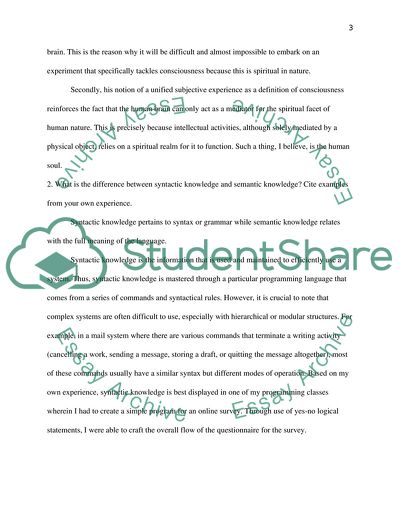Cite this document
(On Consciousness: Understanding John Searles Basic Teachings Assignment, n.d.)
On Consciousness: Understanding John Searles Basic Teachings Assignment. https://studentshare.org/philosophy/1774296-mind-and-consciousness-questions
On Consciousness: Understanding John Searles Basic Teachings Assignment. https://studentshare.org/philosophy/1774296-mind-and-consciousness-questions
(On Consciousness: Understanding John Searles Basic Teachings Assignment)
On Consciousness: Understanding John Searles Basic Teachings Assignment. https://studentshare.org/philosophy/1774296-mind-and-consciousness-questions.
On Consciousness: Understanding John Searles Basic Teachings Assignment. https://studentshare.org/philosophy/1774296-mind-and-consciousness-questions.
“On Consciousness: Understanding John Searles Basic Teachings Assignment”. https://studentshare.org/philosophy/1774296-mind-and-consciousness-questions.


